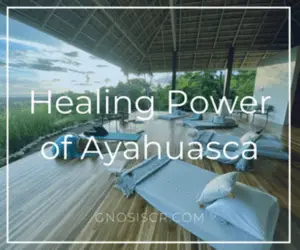With 36 votes in favor and four against, the Costa Rican deputies approved this Tuesday the distributed generation law, which will allow consumers to produce their own electricity and inject surpluses into the national grid to obtain applicable credits on their energy bills.
The plan approved in the first debate only allows this figure to be used with resources generated from renewable sources, such as the sun or the wind. The sale of surpluses would occur only if there is a reasoned and technically reasoned justification.
The new scheme will be open to both business and residential clients. “I, user or consumer, decide if I produce my own electricity or if I buy it from the operator”, explained the liberationist deputy Paola Valladares, promoter of the project.
Legal certainty
The congresswoman added that her legislation seeks, in the first instance, to give legal certainty to consumers, since, at present, distributed generation is governed by the regulations of the Ministry of Environment and Energy (Minae).
The justification for the initiative, citing figures compiled by the Public Services Regulatory Authority (Aresep), says that, by the end of 2017, there were about 670 energy producing subscribers in the country, which generated a total of 6, 2 Gigawatts hour (GWh).The figure tripled in 2018 (18.7 GWh) and in 2019 reached 35 GWh, with almost 1,800 generators distributed.
Transition
The legislator explained that the plan helps in the transition of electricity generation from mega-constructions, such as hydroelectric plants, to a system of small units, which would save costs. Those little units could be solar panels or wind power turbines. “It is a service that the State does not precisely have to provide through its monopoly. This is very important ”, she stressed.
She added that her plan reactivates the economy by removing the current 15% cap for private generators. With the new legislation, the distributors of each circuit will be able to define what percentage of energy their customers can produce.
“With the current cap, it has been limited to the productive sector. If I have a hotel and the percentage of enabled generation is capped, I can no longer choose to use solar panels and I would continue to pay a lot for electricity consumption, when there are many examples of how the use of panels reduces the rate.
Economic reactivation
“This, in the end, translates into economic reactivation. A small, medium-sized company and an industrial sector reduces its operating costs, will have a higher cash flow, will generate more employment and better prices for the end user, depending on the activity in which it is dedicated,”the legislator highlighted.
At the governance level, the new legislation leaves environmental and energy stewardship in the Minae, as is now the case. The Aresep acts as the regulatory entity and the ICE receives powers on distributed generation.
The law was approved after the congressmen Paola Vega, independent; José MaríaVillalta, from the Broad Front, and Welmer Ramos, from the Citizen Action Party (PAC), withdrew the 32 motions of reiteration that had been presented to the text in plenary.
The deputies, in previous sessions, had evacuated 26 of those adjustment motions, of the 58 presented. The second debate vote was set by the legislative presidency for Thursday, October 21.

